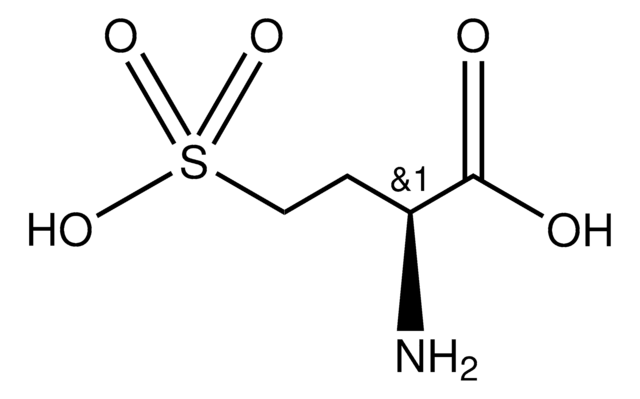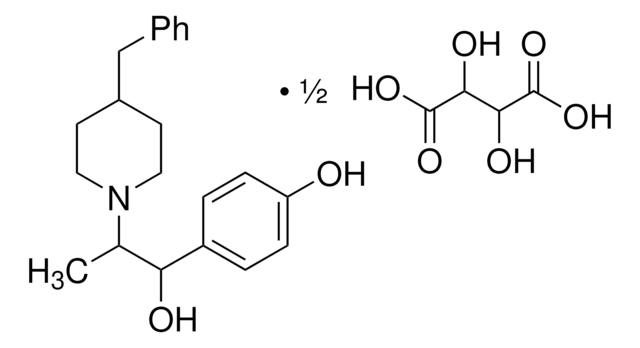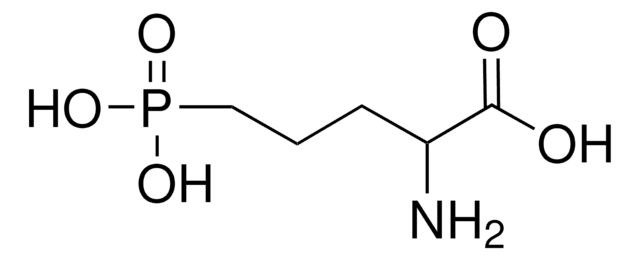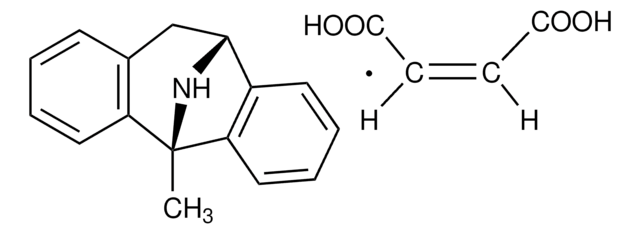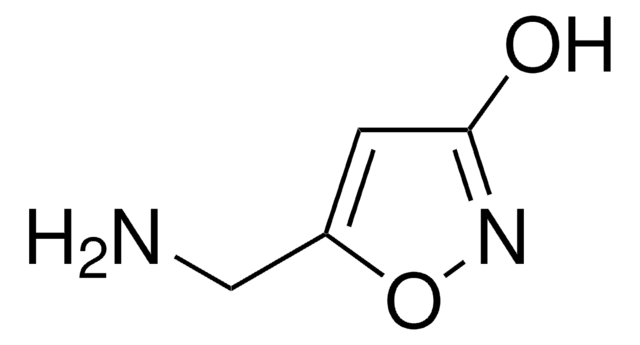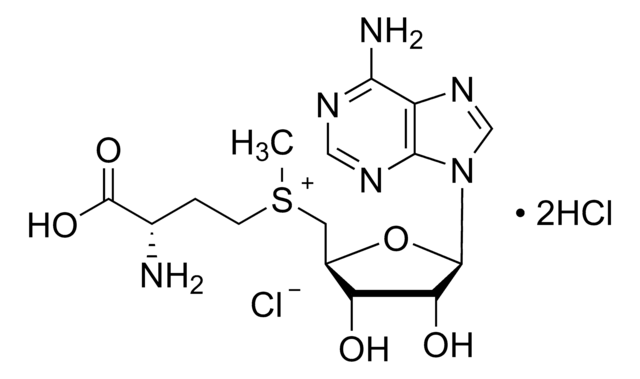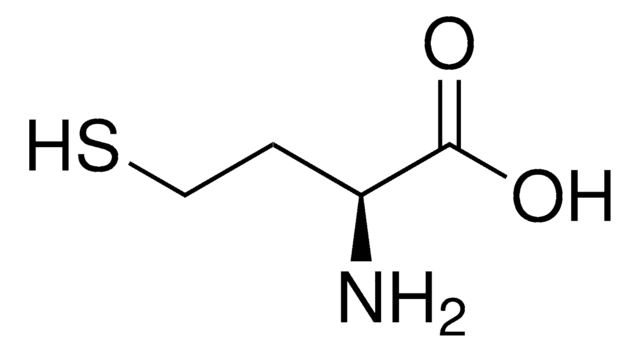P1999
PEAQX tetrasodium hydrate
≥98% (HPLC)
Sinónimos:
NVP-AAM077 tetrasodium hydrate, [[[(1S)-1-(4-Bromophenyl)ethyl]amino](1,2,3,4-tetrahydro-2,3-dioxo-5-quinoxalinyl)methyl] phosphonic acid tetrasodium hydrate
About This Item
Productos recomendados
Quality Level
assay
≥98% (HPLC)
form
powder
storage condition
desiccated
color
white to beige
solubility
water: 10 mg/mL
storage temp.
−20°C
SMILES string
[Na+].[Na+].[Na+].[Na+].[H]O[H].C[C@H](NC(c1cccc2nc([O-])c([O-])nc12)P([O-])([O-])=O)c3ccc(Br)cc3
InChI
1S/C17H17BrN3O5P.4Na.H2O/c1-9(10-5-7-11(18)8-6-10)19-17(27(24,25)26)12-3-2-4-13-14(12)21-16(23)15(22)20-13;;;;;/h2-9,17,19H,1H3,(H,20,22)(H,21,23)(H2,24,25,26);;;;;1H2/q;4*+1;/p-4/t9-,17?;;;;;/m0...../s1
InChI key
SMGAGBKXHAHCGQ-VSYRWHDMSA-J
Application
Biochem/physiol Actions
Features and Benefits
signalword
Warning
hcodes
Hazard Classifications
Acute Tox. 4 Oral - Eye Irrit. 2 - Skin Irrit. 2 - STOT SE 3
target_organs
Respiratory system
Storage Class
11 - Combustible Solids
wgk_germany
WGK 3
flash_point_f
Not applicable
flash_point_c
Not applicable
ppe
dust mask type N95 (US), Eyeshields, Gloves
Elija entre una de las versiones más recientes:
¿Ya tiene este producto?
Encuentre la documentación para los productos que ha comprado recientemente en la Biblioteca de documentos.
Los clientes también vieron
Artículos
We offers many products related to ion channel family glutamate receptors for your research needs.
Contenido relacionado
DISCOVER Bioactive Small Molecules for Neuroscience
Nuestro equipo de científicos tiene experiencia en todas las áreas de investigación: Ciencias de la vida, Ciencia de los materiales, Síntesis química, Cromatografía, Analítica y muchas otras.
Póngase en contacto con el Servicio técnico